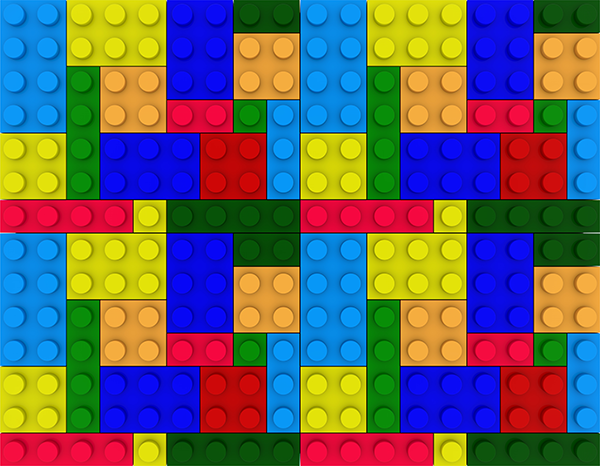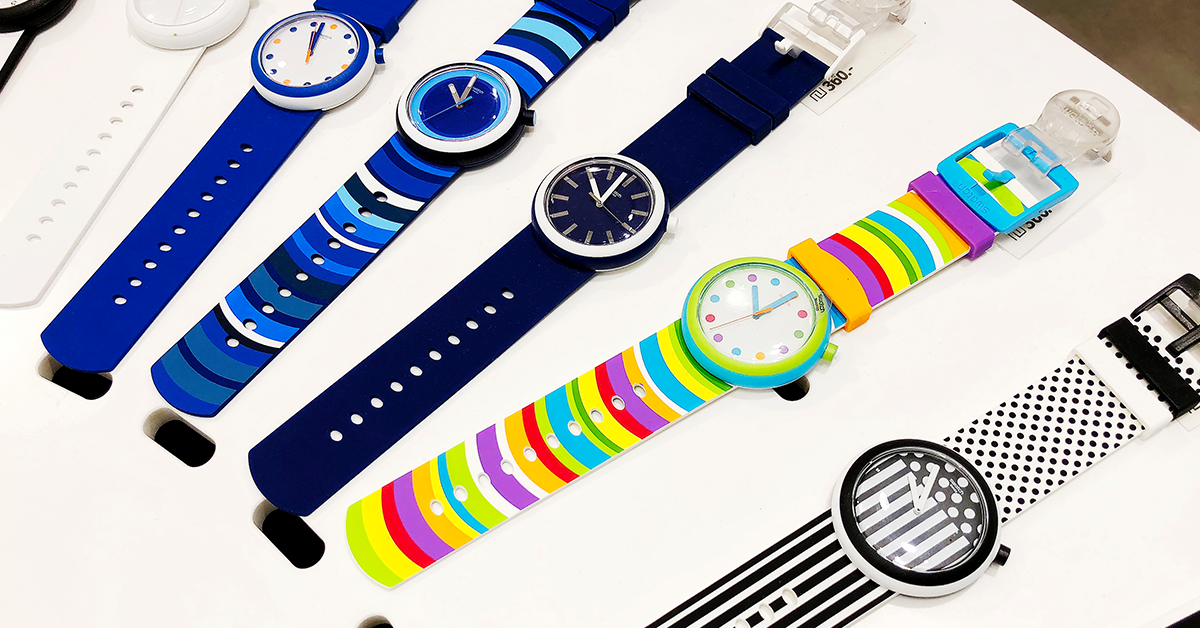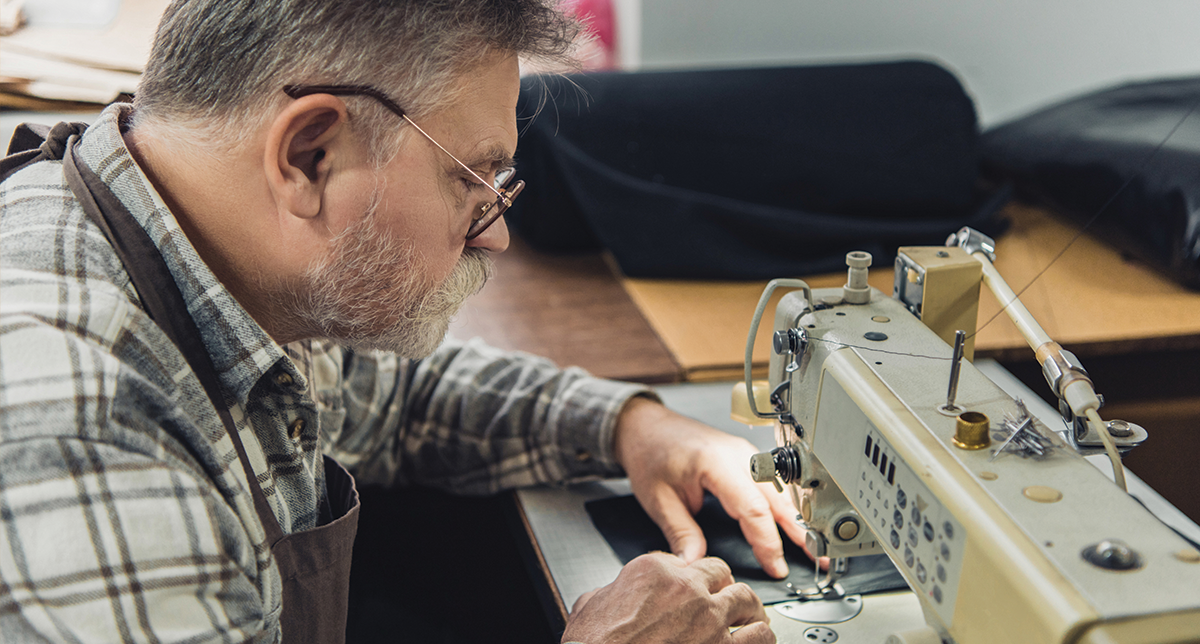In 1932 master carpenter Ole Kirk Christiansen had a small shop in Billund, Denmark. There he and his 12 year old Sun Godtfred created wooden toys, stepladders and ironing boards. Two years later they donned the name LEGO, which translates in Danish to “play well.” As their creations grew, so did their company.
In 1948 Cristiansen made a purchase that would put LEGO on the map and make it the household name it is today. They bought a plastic injection molding machine in order to mass produce the toys they were originally creating from wood. Within a year they were manufacturing over 200 different toys, including automatic binding bricks. These were the original LEGO bricks that we know and love today.
 In 1957 the automatic binding bricks were renamed Lego bricks after patenting a stud-and-coupling system to the toy for stability. The toys popularity spread like wildfire though Europe and was introduced to the United States in 1973.
In 1957 the automatic binding bricks were renamed Lego bricks after patenting a stud-and-coupling system to the toy for stability. The toys popularity spread like wildfire though Europe and was introduced to the United States in 1973.
LEGO toys were distributed in over 140 countries by 2015. LEGO now boasts a net worth of $21.2 billion. The LEGO brick, and it’s variations, are one of the most popular toys on the market. The creation of this small, colorful brick has spawned Legoland theme parks and major motion pictures. It is pretty amazing that it all started with a father and sons dream and an injection molding machine can do.







